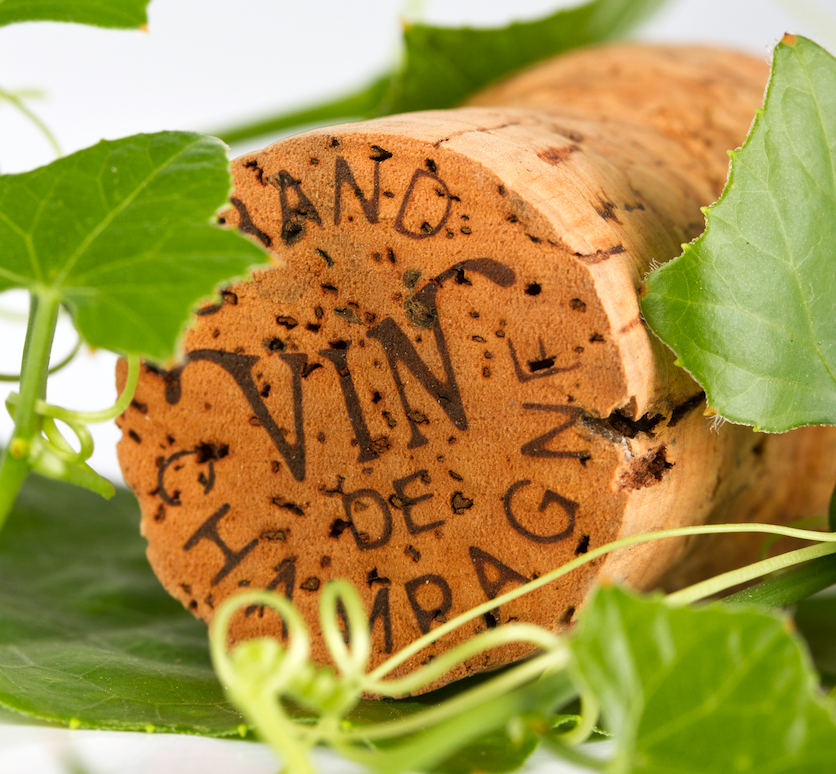As harvesting begins in Champagne this week, db can reveal that extreme weather during the year has decimated the crop, with a 60% drop in natural yields for 2021 – making it the smallest harvest for 40 years.

With weather conditions over the course of the past few months described as “challenging” by the Comité Champagne, the region firstly suffered a twelve-day period of frost in April, which, as previously reported by db, caused widespread damage to green shoots and dormant buds, affecting the embryonic flower clusters beneath – the source of the year’s crop.
This was then followed by persistent rainfall as the weather warmed up during the spring and early summer, which created the ideal conditions for the spread of mildew fungus in the vines, which has also caused a fall in yields.
Further reducing the amount of grapes being harvested this year were localised hailstorms, which affected 500 hectares – wiping out 100% of the crop in 250ha of these. While devastating, this is a small part of the region’s area, which totals around 33,000ha.
Together, these climatic hazards have led to inconsistent crop levels across the appellation, and overall a loss in yields of almost 60%, with 25-30% of that attributed to mildew, and around 30% due to frost.
This means that the estimated natural yield on average across the entire region is 7,000kg/ha, making it an even smaller harvest than 2003 – when springtime frost wiped out around 40-50% of the crop, and the region harvested 8,254 kg/ha.
One would have to go back to 1981 to find a lower yield in the region, when a combination of poor conditions during flowering and fruit set, followed by a bad bout of odium, saw yields drop to as low as 4,361 kg/ha – although yields in that decade were lower on average, being below 10,000kg/ha for the 80s, compared to around 12,500kg/ha on average in the 2000s.
Despite the low natural yields seen in Champagne this year, the region is at pains to stress that the climatic factors have not affected the quality of the harvest.
With everything picked by hand in the region, harvesters are able to select the best bunches according to health and maturity.
Furthermore, the amount of Champagne made this year will not be severely affected by the low yields, as the region can draw on its extensive stocks of wine held in reserve – a measure that ensures the regularity of supply of the sparkling wine whatever the quantity harvested in any one year.
Indeed, should a growers harvest less than the available yield, they can benefit from a release from this store of wine, up to the quantities missing, to reach 10,000 kg per hectare – which is the limit set by the Comité Champagne for the amount of grapes that can be picked for making wine for producing Champagne from this year (although a further 3,100 kg per hectare can be harvested to replenish the reserve up to a maximum of 8,000kg/ha).
As for when to pick, the Comité Champagne stressed that it has defined the optimum dates for the start of the harvest by commune and by grape variety, thanks to its network of observation plots spread throughout the vineyard that allow the region to monitor and analyse, in real time, the evolution of grape ripening to optimise harvest dates.
Starting this year, such data is being collected via a mobile application.
The harvest is running from 6 to 27 September, unless there is a specific exemption.


